It’s no secret the vast majority of residential HVAC systems operate with high static pressure and low fan airflow. In June of 2018, the Department of Energy reviewed 44 independent studies on residential equipment airflow performance.
The study with the best results found 50% of systems tested moved less than 350 cfm per ton, while the study with the worst results found 93% of systems fell below that same threshold.
If these findings represent the average home, then most systems would benefit from contractors using the Air Upgrade™ process to reduce total external static pressure (TESP) and increase fan airflow.
What is an Air Upgrade?
An Air Upgrade is a set of prepackaged repairs designed so equipment can operate as the manufacturer intended. These repairs often include:
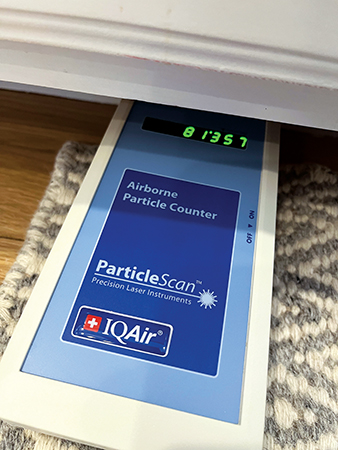
- Adding one large return in the home
- Increasing the size of one to three supply branch ducts
- Eliminating excess flexible duct and pinch points
- Enlarging the return plenum/drop
- Reducing filter pressure drop.
Most contractors use flat-rate pricing to sell an Air Upgrade either as a system repair or part of an installation package. While Air Upgrades are often sold as comfort or efficiency improvements, they also have a direct impact on indoor air quality (IAQ) and the broader indoor air environment (IAE).
Indoor Air Quality vs. Indoor Air Environment
IAQ is the condition of air inside a building as it relates to occupant health and safety. ASHRAE Standard 62.1 defines acceptable IAQ as “air in which there are no known contaminants at harmful concentrations as determined by cognizant authorities and with which a substantial majority (80% or more) of people exposed do not express dissatisfaction.”
The Environmental Protection Agency (EPA) has linked poor IAQ to symptoms such as eye, nose, and throat irritation, headaches, dizziness, and fatigue.
IAE is a broader term. It encompasses IAQ but also considers how the air feels in terms of comfort. Important factors include temperature, humidity, air movement, noise, and odors. IAQ is about health and safety, while IAE also includes comfort.
Filtration: The First Line of Defense
A common Air Upgrade includes filter improvements to reduce pressure drop. Doing so lowers total external static pressure and improves fan airflow. Another benefit is air passes through a properly sized filter at a lower velocity and increases its effectiveness.
Designing the Air Upgrade with filter pressure drop in mind also allows contractors to specify filters with higher Minimum Efficiency Reporting Values (MERV) ratings without sacrificing system performance.
Click Below for the Next Page:


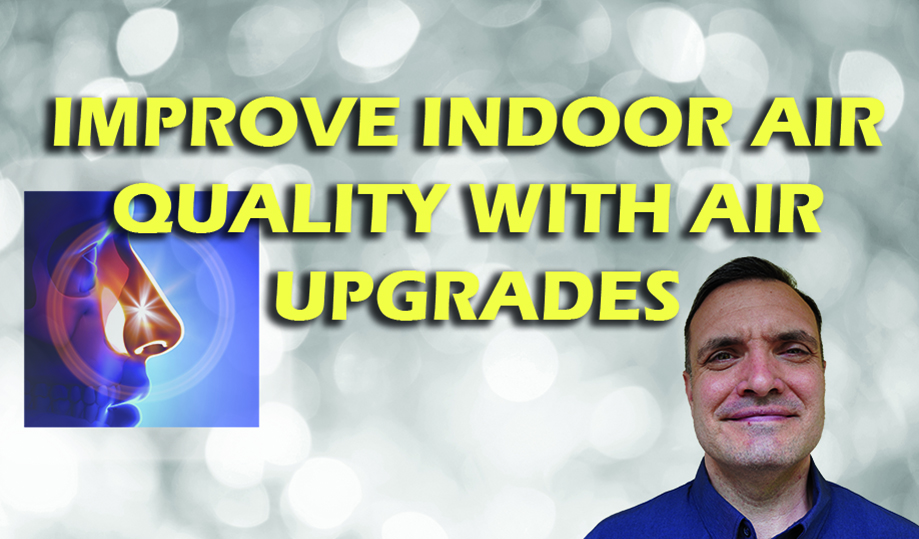

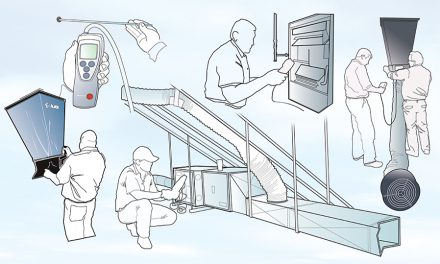
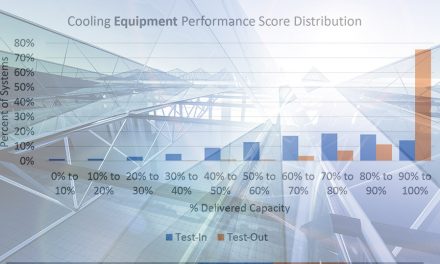






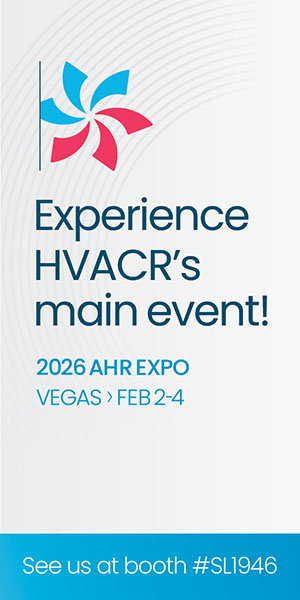
That’s absolutely true, and it’s one of the biggest reasons residential HVAC is such a mess. Manual J (load calculation), D (duct design), and S (equipment selection) are the foundation for correct sizing and comfort. But most homeowners never even hear those words, let alone see a report.
The problem is cultural and economic, not technical. Contractors have been trained—by market pressure to quote fast, not accurately. They rely on “rule of thumb” sizing: one ton per 400–500 sq ft, or “whatever was there before.” That’s cheaper in the short term but it locks in decades of uneven airflow, short cycling, humidity problems, and higher bills.
It’s ironic because the Manual J process doesn’t just size equipment; it exposes the building’s real load, often showing that the house air conditioning system can be downsized a ton or two with basic sealing and insulation improvements. In other words, a proper load calc is both diagnostic and preventative medicine, but it’s rarely prescribed.
The average residential HVAC contractor treats “engineering” as optional — until comfort complaints make it expensive.
The interesting question for the trade is how to re-frame that analysis as a value add, not a cost line. You can’t sell math to a homeowner, but you can sell quieter rooms, balanced airflow, and smaller bills. That’s where the Manual J conversation belongs.
At a minimum customers won’t buy what you don’t offer them.
HVAC needs to match the heat loss of the home in order to have good air flow; I wonder why this never gets mentioned.
We all know why; follow the money.